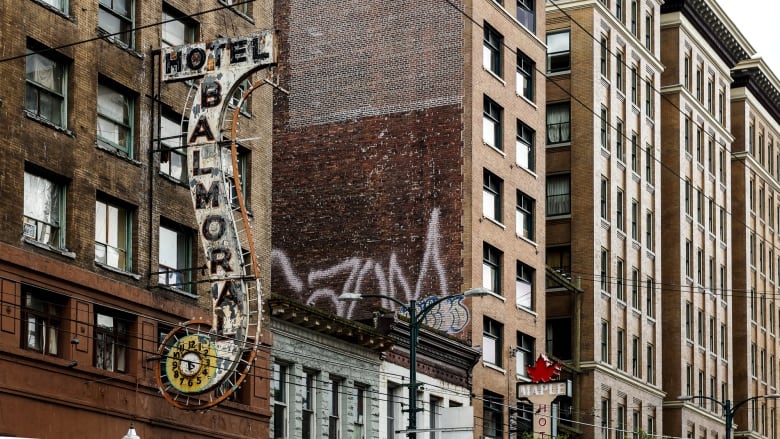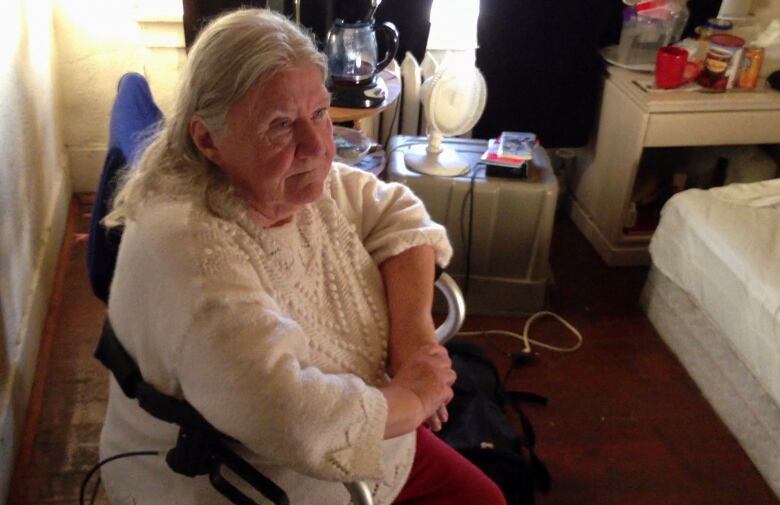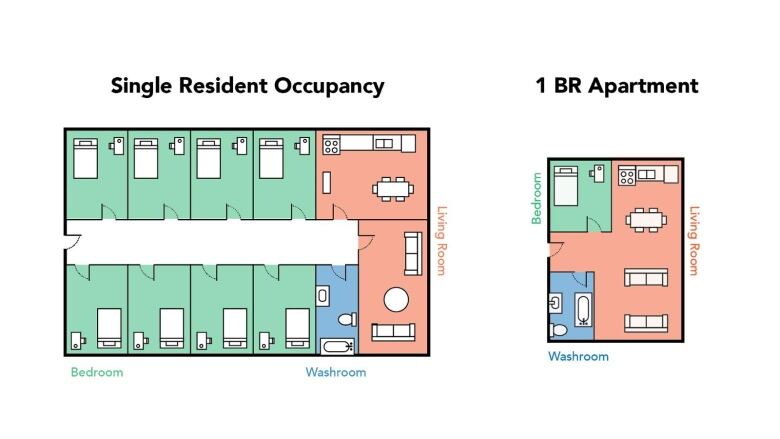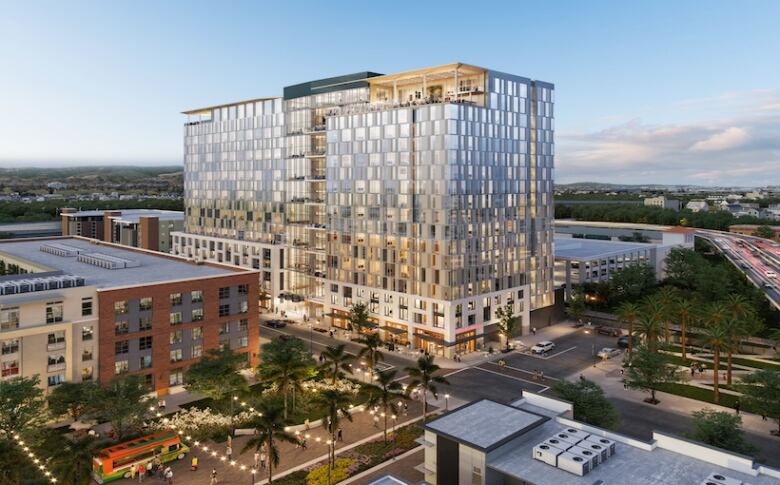What the Balmoral Hotel can teach us about private ownership of affordable housing
About Here columnist Uytae Lee wonders whether the SRO model is viable in the private sector

The Balmoral Hotel inVancouver's Downtown Eastside has a well documented history of trouble.
For years, it was one of the most decrepit buildings in the neighbourhood and was well known for its mould, bugs and rat infestations.City inspectors finally shut it down in 2017, deemingitstructurally unsafe and unfit for living in.
But in the midstof all the reports documenting the hotel'sterrible conditions,I think we missed an opportunity for an interesting discussion:How can the private sector provide safe and affordable housing? If at all?
The Balmoralwas a single-room occupancy (SRO)building, of whichthere arecurrently 156 in Vancouver. These SROs house some of the city's most vulnerable residents:people with disabilities, addictionsand mental health issues as well as people on income assistance.

Many people end upin an SRO because the rooms aredirt cheap (between $375 and $800 per month) and because SRO landlords aren't as picky about who they rent to. The rooms might not be glamorous but without them, many of their inhabitantswould be homeless.
Whatfascinatesme, though, is many of these SROs are privately ownedand existin the housing market withoutpublic subsidies. Landlords are able to make a profitwhile offering some of the lowest rents in the city and the reason behind that lies in the design of their rooms.

SROs arelike adult dorms. Tenants have theirown bedroom but share bathrooms and kitchens with other tenants. Some SROs opt out of having a kitchen entirely, instead providing a hot-plate and mini-fridge in each room.By reducing and sharing amenities, the rent can be mademuch cheaper.

This design appears to be gaining popularity globally. Several trendy startups have popped up in New York and the Bay Area, offering housing under a similar model.
Investor-backed startups likeCommon, Starcityand WeLive (yes,WeWork is now a housing developer) offer housing branded as "dorms for adults" or "co-living," where kitchens, living roomsand bathrooms are shared. Starcity has a permit to build an800-unit "co-living" building in San Jos basically an SRO with better marketing.

The focus for these startups hasn't been about making rent cheaper but offering luxury amenities (like gyms, catered parties, furnished units and cleaning services) at reduced rates for tenants. Studios at WeLive's building in New York start at $3,091 US per month($4,065 Cdn), slightly higher than the average rent for a studio in the same area.
But other co-housing initiatives do show potential for affordability. In New York, the local government recently launched ShareNYC, a pilot program that will pick private developers to build "shared housing" intended to be "substantially affordable".

However, Vancouver's case demonstratesthere isa limit to the extent that the private sector can provide affordable housing, especially when property values in the city have skyrocketed in recent years.
The Balmoral was assessed at $3.9 million in 2007.Ten years later, it was worth $10 million.For a landlord, that means higher property taxes and a pressure to raise rents or redevelop.
But at the same time, the citymade it nearly impossible for landlords to redevelop SRO buildings. In 2015,a new bylaw chargedlandlords a fee of $125,000 per room to redevelop an SRO.
The intentionwas to protect SRO residents from eviction, but I think it's resulting in a stalemate. There's really no financial incentive for a landlord to upgrade or repair a building except to keep it from being shut down. So they'll do bare-minimum maintenance to keep their buildings openand not much else.

With that in mind, the city's strategy for the last couple of decades has been to buy up SROs fromlandlords and replace them with social housing. We had7,830 units in privately owned SROsin 1994, and we have 4,379 today. Most of those lost units have been replaced by social housing.
I think that strategy makes sense for the low-income residents of the Downtown Eastside.
Relying on the private sector to provide housing for some of the most vulnerable people in our city was probably never a good idea. That being said, the rebirth of SROs elsewheresuggests there is still some merit to this model, so let's not throwthe key away quite yet.
This column is part of CBC's Opinion section. For more information about this section, please read ourFAQ.
The Early Edition












_(720p).jpg)


 OFFICIAL HD MUSIC VIDEO.jpg)
.jpg)



























































































